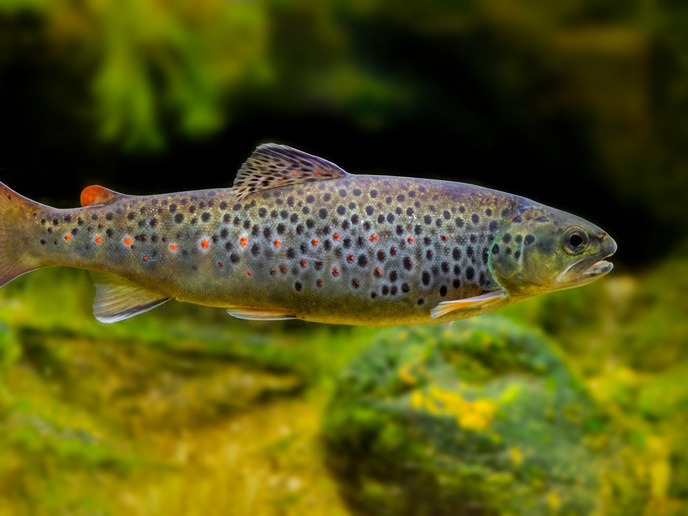Finding the true value of metabolic efficiency
The metabolic rate measures how efficiently an organism can convert food and oxygen into energy. It is essentially the cost in energy to carry out basic functions, and is a central trait that links the physiology of an organism with its ecology and life history. Knowing the metabolic rate relative to other organisms in a population helps us understand what the consequences are of such variation. Whether having a higher metabolic rate is beneficial or costly, for example, and how environmental, social and other contexts play into the equation. “This helps us understand why this variation persists, which otherwise is very puzzling,” explains Neil Metcalfe(opens in new window), professor of Behavioural Ecology at the University of Glasgow. “How can it be helpful to have a ‘cost of living’ that is maybe twice as high as someone else’s?” Despite this importance, empirical studies rarely measure the exact metabolic rate of organisms in the wild (the rate of production of adenosine triphosphate (ATP)). Doing so is complex, and requires expensive equipment. Most research instead records it indirectly through the animal’s oxygen consumption, a useful yet potentially inaccurate proxy. In the MitoWild project, which was funded by the European Research Council(opens in new window), Metcalfe and his team refined and developed an approach to measure the metabolic rate directly.
Measuring metabolism through mitochondria
The MitoWild team promoted the idea of a more direct and intuitive measurement of the efficiency of oxygen use by the mitochondria, the structures within cells that produce ATP, using a different calculation. The method expresses metabolic efficiency as a percentage, so that theoretically the efficiency varies from 0-100 % (where 100 % would indicate that 100 % of the oxygen consumed by the mitochondria is used to produce ATP and none is wasted). “While this value of 100 % is never achievable, having a scale that is bounded by 0 and 100 is much easier to interpret than the previous alternative calculation where there was no limit to the upper value,” adds Metcalfe. The team tested their method in studies on a range of species of freshwater fish, such as brown trout, salmon, sticklebacks and minnows, to determine the potential impact of a fish’s metabolic rate on its ability to perform aerobic work.
New insights into metabolic variation
The most important results from the project showed that the efficiency of ATP production by the mitochondria in the muscles or liver predicts performance across a range of contexts. “For instance, individual fish with more efficient mitochondria were able to fight for territories better, were more likely to be dominant in contests, were able to provide more parental care to their offspring, and were able to minimise the amount of time spent foraging,” notes Metcalfe. However, in other contexts, ATP production wasn’t a predictor of performance. “We still don’t understand why that is so – and in general there seemed to be no clear cost of having more efficient mitochondria – in theory it should cause faster ageing, but the evidence for that was not clear,” he adds.
Inspiring future research in mitochondrial efficiency
The team hopes that their work will inspire other researchers to explore mitochondrial efficiency in other study systems, for example in other species or contexts. “This will show if these results are generalisable across the animal kingdom,” Metcalfe says.







